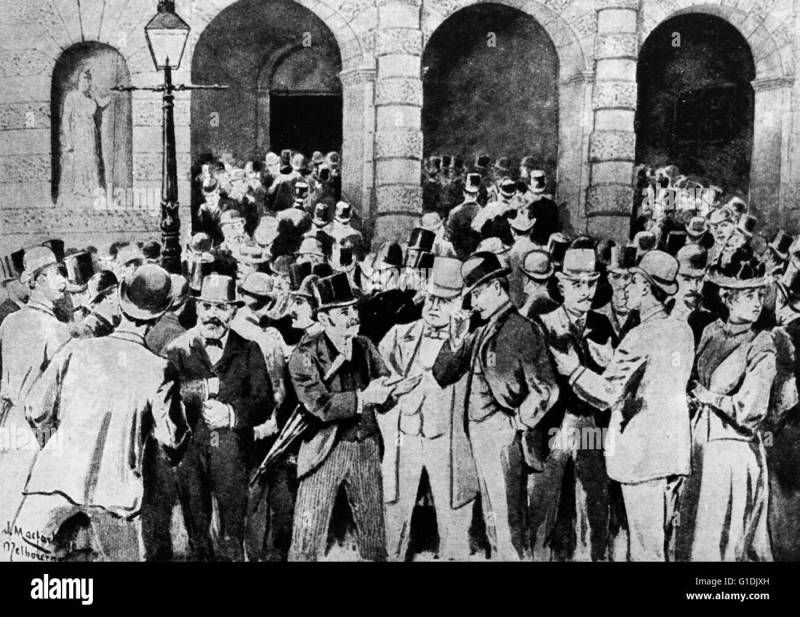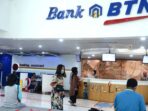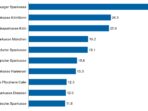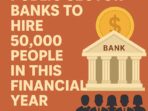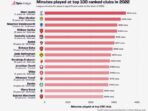Banking Crisis – The financial service sector has always been a groundbreaking consumer of technology with large information technology budgets. The recent banking crisis will add more opposite winds to the climate that is already difficult to challenge and expose many technology companies.
In particular, we believe that the companies that have a mix of average business in the financial sectors, along with the momentum of underdeveloped expenses on their platforms, will face an increase in the opposite wind in the coming months when banks tighten budgets. Our original research shows two parties of the spectrum. It seems that Splung Inc. , Dynatrace Inc. Sailpoint Technologies Inc. , Informatica Inc. , Docusign Inc. Zoom Video Communications along with many other companies have been exposed to more negative. On the other hand Workday Inc. , Databricks Inc. , Conflunet Inc. , Hashicorp and some other names have an accelerated momentum in the financial sector.
Banking Crisis

In this urgent analysis, we are concerned with countless data points and try to answer the question: What are the technology companies that are most exposed to the banking crisis? We will review how we got to this point in history and what it means for technology. We will then dig into institutional technology research data and try to shed light on companies that are likely to feel a pyro and that companies appear to face the minimal influences and the names that are actually accelerating in the sector of financial services.
Collapse Bank: Over 14,525 Royalty-free Licensable Stock Illustrations & Drawings
All banks are intrusive in sympathy with the crisis of confidence that arises. Most large bank shares are 20 % or more last month, JPMorgan Chase & Co. That’s the exception – it’s outside the double numbers. We did not put the first republic on the graph above because it stops about 90 % this month and you will imagine everything. But Nasdak Stock Exchange has risen over the past thirty days because investors are fleeing banks to technology on the bet that the Federal Reserve will actually begin to reduce the grip on interest rates this year. This has especially benefited from large CAP technological shares that are widely shown in the industry and a lot of money and can be exaggerated.
The picture was in the banking sector that you know, U-G-L-A and madness for observers, depositors, new businesses and investors. We have seen five bank rescue operations this month starting from Silvergate Bank, then Silicon Valley and Signature Bank. The first Republic Bank is equipped with a $ 30 billion loan from many large banks, including JPMC, Wells Fargo Bank, Bank of America and Citibank.
Many people say this was not a rescue plan because it was the banking sector to take care of it. Where naive. Where did the money come from to support the first republic? Did you get from the basement of these big banks? Actually no. He came from the US Treasury on attractive conditions.
In other words, it was a government -backed loan (with a period of time) for larger banks that were secured against the origin of depressed bond but estimated for equality. According to CNN:
China Watches U.s. Banking Crisis
The Federal Reserve has created a loan system designed to prevent regional banks from failing after SVB breakdown. The facility allows banks to give the Federal Reserve their government bonds as a -year -to -y -year -to -loan -guarantee. On the other hand, the Federal Reserve will give the banks the value that the banks paid against the treasury, which fell last year when the Federal Reserve climbed interest rates.
Pain continues. In part of forced marriage, Credit Suisse, a very bad bank in all accounts, was recorded by UBS under very favorable conditions provided by the Swiss government. Only today, Friday, March 24, Deutsche Bank shares were crushed on fear that financial exposure to their asset portfolio is not relevant.
Each crisis seems to bring the new expressions that pass. Under Covid, the flock immunity, without symptoms and contact. In this case, we have a mark on the market, the risk of duration and the ethical danger. The previous two generally refer to the delta between what the bank’s bond portfolio deserves on paper and the value to the court. Due to the high rates, the paper value is much less than the value when it is justified. The latter means that the Federal Reserve kept interest rates low to stimulate economic growth and help everyone, but at the same time ignore the risk.

How is this done after the financial crisis in 2008, when several new words such as virtual credit are presented, quantitative mitigation tests and stress that we are done in this chaos?
11 Days Of Turmoil That Brought Down 4 Banks, Left A Fifth Teetering
It’s a great story. We are not economists, but sometimes we seem to know each of us about the possible negative consequences that the most trained economists in the world do. For example, at the Massachusetts Institute of Technology, the summit of Financial Manager in November 2007, Economist was asked for the guest if he feels he was the assumptions about mortgage loans and weak quality loans were dangerous to the economy. Uniquely said this person no, there is no proof of data indicating that this is a very important danger.
Above is Lance Roberts 2019 drawing, an analyst at RIA Advisors. It dates back to the beginning of the modern time period that is easy to produce and which began to ease quantitative (QE 1) as a new idea presented by the then chairman of the board of directors bin Bernanck. For the first time in history, the Federal Reserve began buying bonds and other financial assets from banks to inject capital into the system. The idea was that by doing this, banks will start borrowing money again to small businesses and consumers.
Federal Reserve did not come out well. Somehow, it has not been emptied that the banks are driven by profit and they can make more money by investing these dollars in financial assets that would give them a guaranteed return. So they bought the same assets that they just sold to the government because they knew the government supported these assets, which mainly creates a return of danger. This President Obama pushed the railway to the senior executives in 2009 when my street was still fought, but Wall Street’s leaders received rewards funded by taxpayers’ debt.
In the end, QE began the desired effect and the economy slowly returned. In 2010, the market in general and technology in particular began to operate the epic bull. To think of many was that when the economy first returned to the right track, Federal Reserve Bank withdraws and lets the markets know the same. But the markets were now drug addicts on easy money at the time.
25. Spain’s Banks: The Esm’s First Programme
Look at the brown line in the above graph (which is S&P 500) and compare it to the start of the vertical colored gangs (when the tap was opened on a wider scale). What it shows is when the market fell, the Federal Reserve intervenes and prints more money. In 2012, it launched the “twist operation”. The touring process was a cash strategy used by the central bank to stimulate growth by reducing long speeds. How do you ask? By selling government bonds in the short term to buy long times to maintain low interest rates.
Despite the fact that the economy appeared to have returned to the right track, it seemed to have decided that what is good for the stock market is beneficial to America and the free flow of money continued.
President Trump took office in January 2017, who immediately burned the markets. In February 2018, Jerome Powell, the current Federal Reserve President. Later that year, Powell began to reduce the public budget for the Federal Reserve Coach – see the blue line in late 2018. This caused what is called an “anger”, which means that investors and in this case Potus complained that reserve policy Federalism hurt the markets. “Federal Reserve has no idea,” Trump wandered around the high appointment rate in his saying. Thus, the Federal Reserve Bank surrendered to the market requirements.

Roberts Lrea said at the time he doesn’t know when it will happen, but he made the possibility of a moderate return and the possibility of a 50 % correction based on some unknown events. He did not expect a pandemic, but he was right.
Cyprus Banking Crisis
We all know the story. We have exceeded the actual public budget path for the Federal Reserve Coach, which has deviated a lot from birth expectations. The Federal Reserve system was celebrated to Trump and the markets, and the epidemic was hit, causing the Federal Reserve to print more money under Trump. Then President Biden gained more financial motivation in the form of better legislation than $ 2 billion. It is not surprising that it turns out that inflation is not “temporary”.
In response, as we know, the Federal Reserve went into a historic tightening vector to catch up on the knees. As prices rise, loan costs can, which reduces the demand between banks and other financial institutions to borrow money and crush bond portfolios with long benefits. It turned out that stress tests for regional banks did not consider the impact of high interest rates on the bond governor, and that is what we have achieved what we are today.
Unfortunately, the picture is not beautiful now. Many people claim that we have missed a chance in the good times to invest these cheap money in the long run or can get rid of debt.
Instead, the government traveled several of them. Over a debt surf. It’s a favorite place even if you want to cry. US national debt now exceeds $ 31 trillion from that date. That it

